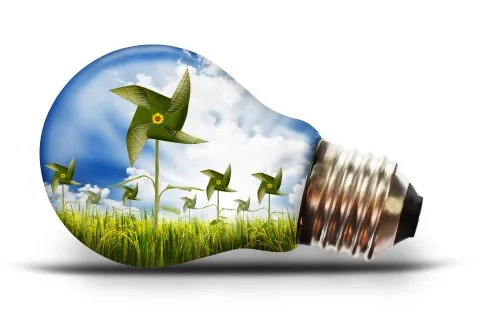
Oil & gas firms pressured to boost renewables portfolio
As confidence in the sector spiraled down to just 30%.
If prices continue to fall for renewables, then investment in renewable energy sources will become an obvious choice for many companies, including those in the oil and gas industry. Survival for these companies means troubleshooting industry confidence concerns and diversifying energy sources.
“Companies across the spectrum are redesigning themselves as energy companies — not just as oil and gas companies,” says the World Energy Council’s Christoph Frei. “Many have started talking about their ‘energy blend’ — increasing the importance of renewables and electricity.”
This realization comes at a time when Asia’s confidence about the oil and gas sector plummeted in just three years: from an 89% overall confidence in 2014 to only 30% this year, according to a survey by DNV GL. And with an observable correlation between industry confidence and oil price, the latter continues to be a barrier to the industry’s growth prospects in 2017.
“The industry is on a balance point, companies are trying to decide where the new normal is,” says Paul Doucette, global leader for public policy and external funding at GE Oil & Gas.
Oil and gas companies are employing cost reduction strategies to improve profitability and to increase efficiency. Exploration drilling costs and overall costs for drilling completion are also going down while industry collaboration goes up.
Despite this, oil and gas companies can’t rest easy yet.
“The ‘easy’ cost-cutting is done,” says Brunei Shell Petroleum’s Van Velden. “And much of it was done under the expectation that oil prices will rise again.” Velden continues by stressing the need for sustainable and more creative solutions to to maintain competitive cost levels for the longer term.
Aside from this, Statoil’s Eirik Wærness also acknowledges diversification as a means to keep up. “Whether it is to diversify across the value chain or into other energy sources, companies are trying to make future cash flow less dependent on variations in the oil and gas price.”








![Cross Domain [Manu + SBR + ABF + ABR + FMCG + HBR + ]](https://cmg-qa.s3.ap-southeast-1.amazonaws.com/s3fs-public/styles/exclusive_featured_article/public/2025-01/earth-3537401_1920_4.jpg.webp?itok=WaRpTJwE)
![Cross Domain [SBR + ABR]](https://cmg-qa.s3.ap-southeast-1.amazonaws.com/s3fs-public/styles/exclusive_featured_article/public/2025-01/pexels-jahoo-867092-2_1.jpg.webp?itok=o7MUL1oO)









 Advertise
Advertise


